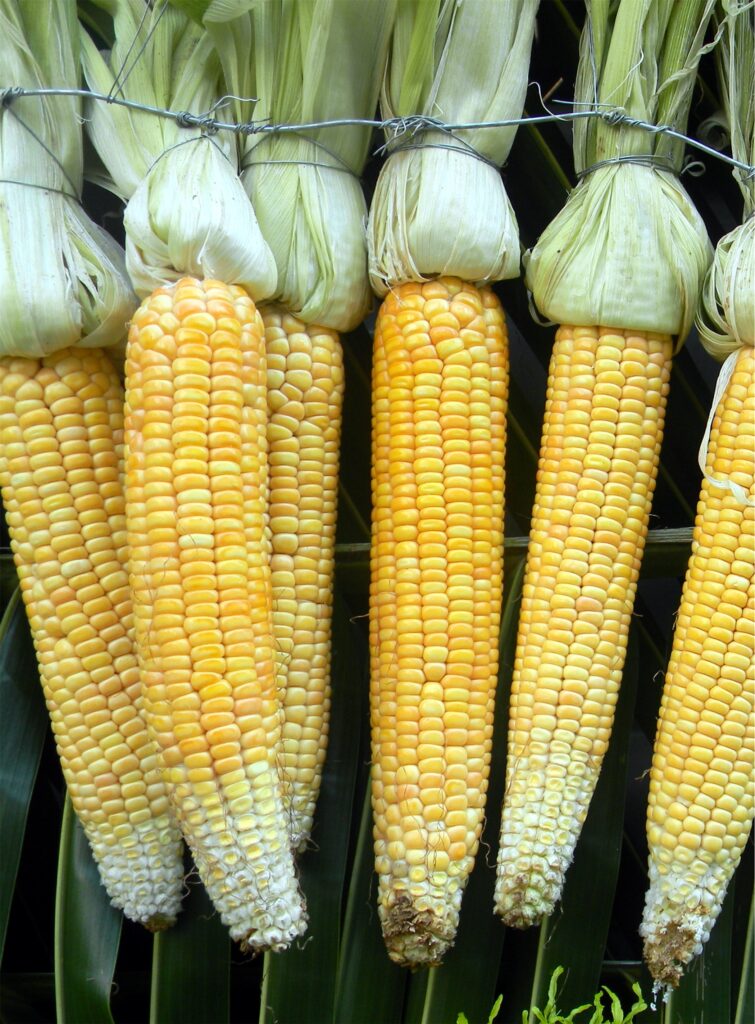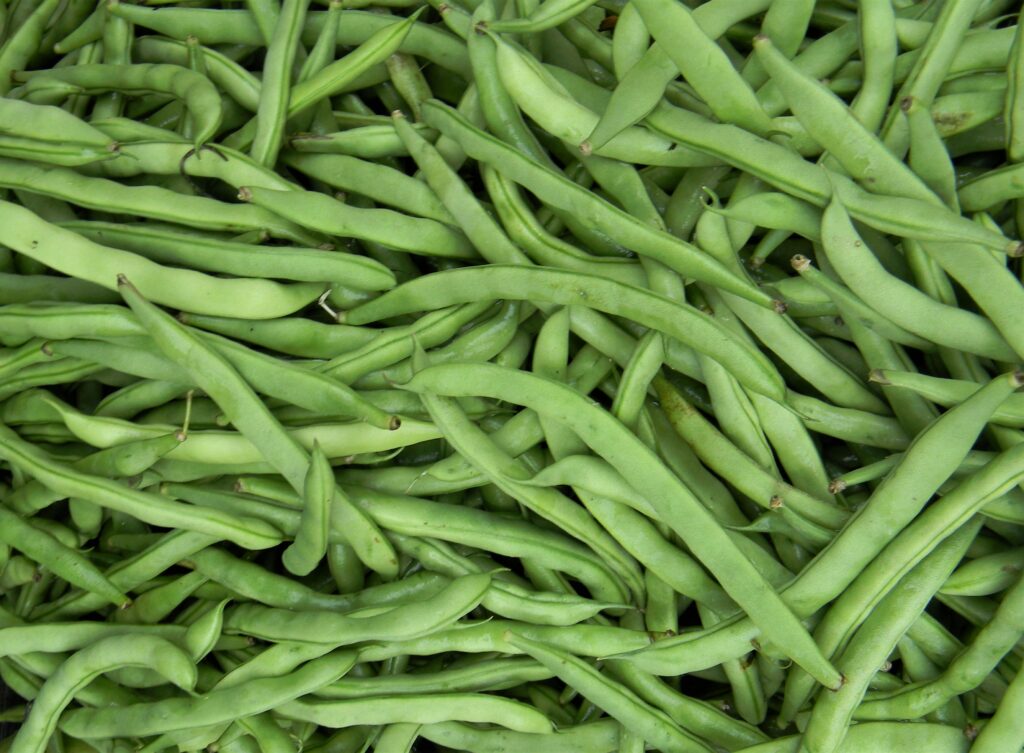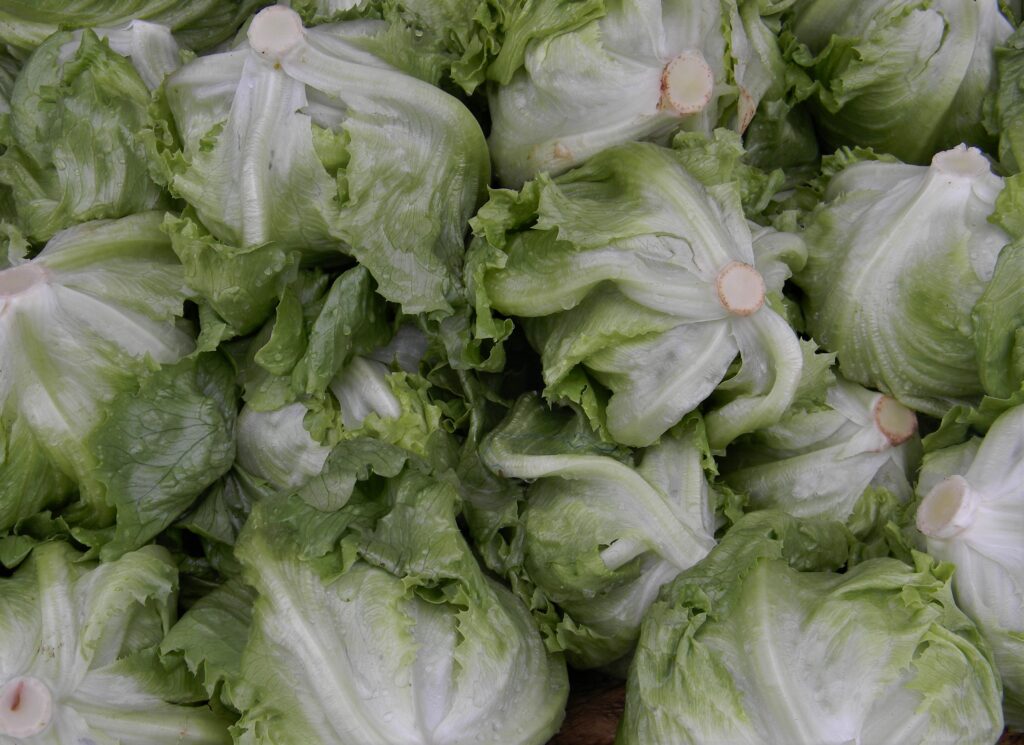Text and Photos by Henrylito D. Tacio
In July of 1998, 48-year-old Josephine felt a small lump under her left breast. In August of the same year, she visited a doctor and told her problem. After doing a pap smear, the doctor suggested that she undergo breast x-ray or mammography. The result was negative with a recommendation to have an ultrasound.
Having been satisfied with the mammography result, she disregarded the advice of having ultrasound and instead reported for work. She was assigned to do some paper works for a national convention in Manila.
After the convention, Josie – as she is fondly called – was hospitalized and took a two-month leave from her office. After her daughter’s wedding in December 1998, she visited her doctor who suggested a biopsy. As in mammography, the result was negative.
But a physician friend advised her to have the lump excised “for me to have peace of mind,” she said. On January 16 of 1999, Josie was operated on. Six days later, she received the result: “You have breast cancer,” the doctor told her.
“When I faced my doctor that time to interpret the result, I already knew that I have cancer, and he suggested that I have my left breast be removed,” she recalled. “Many things are on my mind at that time. I felt as if I had already been sentenced to death, like I already had one foot in the grave. Before I knew it, I was already crying…”
Breast cancer is every woman’s nightmare. “What was once thought of as a disease of developed countries, breast cancer is now a major public health problem in the Philippines,” observed the late Senator Juan Flavier when he was the country’s health secretary.
Today, breast cancer is the leading cause of cancer of Filipino women, accounting for 28 percent of the total cases. Current estimates show that 1 in 13 Filipinas will develop breast cancer in her lifetime.
Filipino film director Marilou Diaz Abaya and British mystery writer Margery Allingham died of it. At age 56, American environmentalist and author (of Silent Spring) Rachel Carson died of it, too. Miss Venezuela Eva Ekvall was only 28 when breast cancer snatched her life away.



Men are not spared from breast cancer. Rod Roddy, American male radio and television announcer, died at age 66 from breast and colon cancer. Richard Roundtree, the star of Shaft, was diagnosed with breast cancer in 1993 and underwent a double mastectomy and chemotherapy for treatment of the disease.
Until now, no one knows what really causes breast cancer although there are risk factors like family history, genetics, and early and repeated exposure to relatively high doses of radiation. Among women, she is more likely to have breast cancer if her menstrual period starts before age 12 and ends after age 55. In addition, she will end up having breast cancer if she has a long-term post-menopausal estrogen replacement.
Medical experts claim that when breast cancer is diagnosed early and treated promptly, it can be cured up to 85 percent of the time. The American Cancer Society defines a “cure” as “an absence of symptoms five years after initial diagnosis and treatment of the disease.”
For this reason, women are advised to examine their breast regularly – at least once a month. In fact, women themselves, not their doctors, discover most cancerous breast lumps.
While science is still baffled as what really causes breast cancer, recent studies have shown that there are some foods that can help beat breast cancer. Consider the following:
Carrots: One cup of raw carrots has just 48 calories; 70 calories per cup (sliced, cooked). Fiber-rich carrots are also rich in beta-carotene, which some studies suggest may decrease the risk of breast cancer.
Dr. Kirsten Brandt, a senior lecturer with Newcastle University’s School of Agriculture, Food and Rural Development, who carried out a research on carrots with the University of Southern Denmark and the Danish Institute of Agricultural Sciences, said: “We already know that carrots are good for us and can reduce the risk of cancer but until now we have not known which element of the vegetable has these special properties.”
The experiment was conducted using raw carrots so researchers do not yet know if eating boiled carrots or drinking carrot juice, for example, would have the same effect.
Dr. Brandt, who says she eats “more carrots than most” and grows her own organic varieties, recommended that consumers should eat one small carrot every day, together with other vegetables and fruits, to benefit from their health-giving properties.
Tofu: Also known as bean curd or soybean curd, tofu is produced by coagulating soy milk and forming the curds into blocks. A researcher said: “Our conclusion that eating tofu could be beneficial is based on the available epidemiological evidence concerning tofu consumption and breast cancer incidence.”
Population studies have found that high tofu intake is associated with lower risk of breast cancer, especially for pre-menopausal women. Childhood consumption of tofu appears to enhance the protective effect of tofu in premenopausal women. Most of the studies concerning tofu consumption and risk of breast cancer have been conducted among Asian or Asian-American women, raising the possibility that tofu consumption is a marker for other protective aspects of Asian diets or lifestyles.
Corn: Corn not only provides necessary calories for metabolism, but also a rich source of vitamins A, B, E and many minerals. Its high fiber content enables proper digestion and smooth bowel movements, in addition, prevents digestive ailments like hemorrhoids, constipation, and colorectal cancer.
Corn, rich in phytochemicals, provides protection against many chronic diseases. Interestingly, corn is a rich source of antioxidants that fight cancer causing free radicals. Corn is a rich source of an anti-cancer agent that is effective in fighting tumors in breast cancer and even liver cancer.
Broccoli: This vegetable could hold the key to preventing and even treating breast cancer, claim scientists. Broccoli contains high levels of sulforaphane which can kill these cancer stem cells and prevent the disease from developing, or spreading when it is established.
American scientists at the University of Michigan Comprehensive Cancer Centre completed successful laboratory tests on mice and cell cultures. “Sulforaphane has been studied previously for its effects on cancer, but this study shows that its benefit is in inhibiting the breast cancer stem cells. This new insight suggests the potential of sulforaphane or broccoli extract to prevent or treat cancer by targeting the critical cancer stem cells,” said study author Professor Duxin Sun.
Skim milk: Aside from low in fat, skim milk can also provide vitamin D protection, another diet antidote to breast cancer. “When Japanese women move to the United States, their vitamin D intake sinks and their breast cancer rates skyrocket,” notes Jean Carper, author of Food – Your Miracle Medicine.
Salmon: Salmon is a good source of vitamin D, vitamin B6, selenium and omega-3 polyunsaturated fatty acids, all of which have been associated with lower risk of certain cancers, including breast cancer. Salmon also appears to contain other compounds that may reduce cancer risk; one study identified a salmon protein hydrolysate that inhibited the growth of human breast cancer cells.
Your Health magazine says that “supplements of fish oil, equal to the amount Japanese women commonly eat in fish, suppressed biological signs of developing breast cancer in women at highest risk for the disease.”
Cabbage: Young women who eat four or more servings per week of raw or lightly cooked cabbage – such as coleslaw or steamed sauerkraut – may significantly reduce their risk of breast cancer later in life, according to results of a study led by Dr. Dorothy R. Pathak, of the University of New Mexico.
Compared with women who ate 1.5 servings or less of cabbage per week during adolescence, those who ate four or more servings were 72% less likely to develop breast cancer as adults, Dr. Pathak and colleagues reported during the American Association for Cancer Research’s annual cancer prevention meeting. Cabbage contains anti-carcinogenic glucosinolates and myrosinase enzymes.
Cauliflower: Like broccoli and cabbage, cauliflower is a cruciferous vegetable. While cauliflower contains fewer vitamins and minerals than most other brassica vegetables, experts claim it contains numerous substances with suspected or demonstrated cancer fighting properties, including iberin, sinigrin, choline, and several other glucosinolates.
Cancer-fighting, hormone-regulating cauliflower is also a dieter’s best friend. Raw, it has only 24 calories per cup, and 30 when cooked.
Green beans: They help lower a person’s risk of breast cancer because it boosts her fiber intake.
“Fiber-rich foods help erase some of the calories you consume by escorting dietary fasts out of the intestines before they’ve had a chance to be absorbed,” explained Dr. Rachel Simmons, breast surgeon at the Strang-Cornell Breast Center. “By cutting your body’s absorption of fat, you’re helping lower your estrogen levels.”

